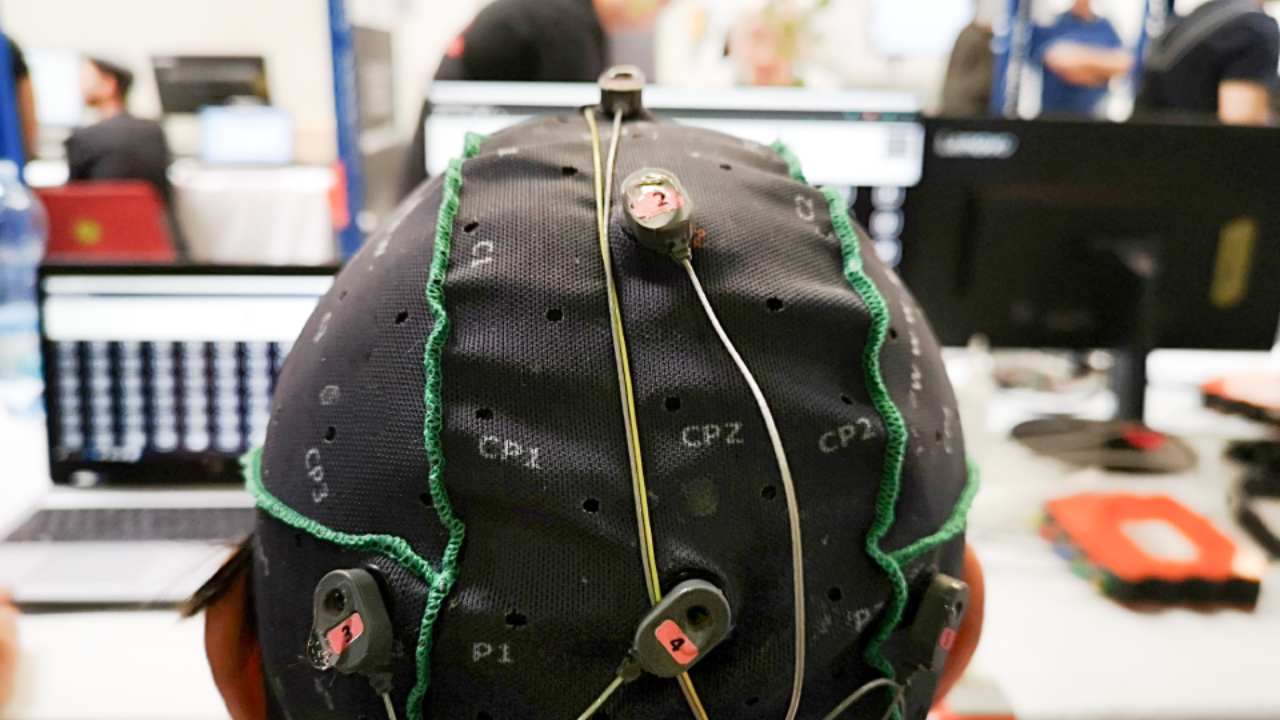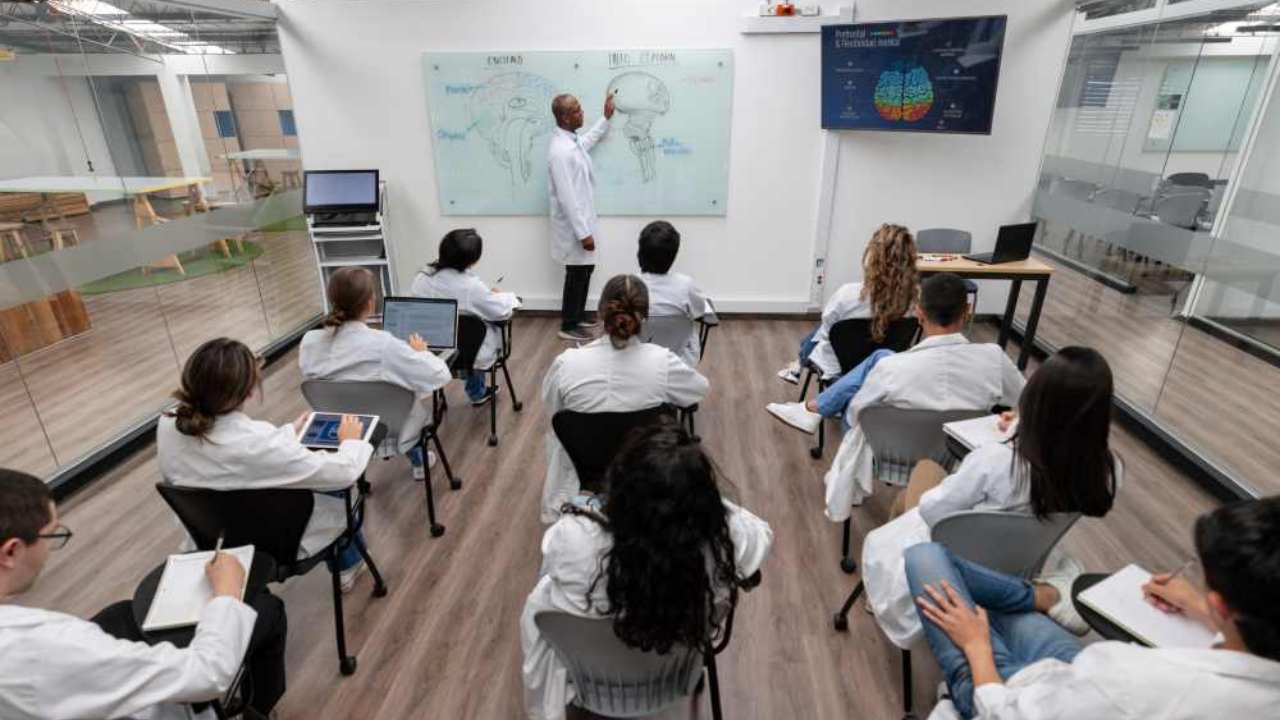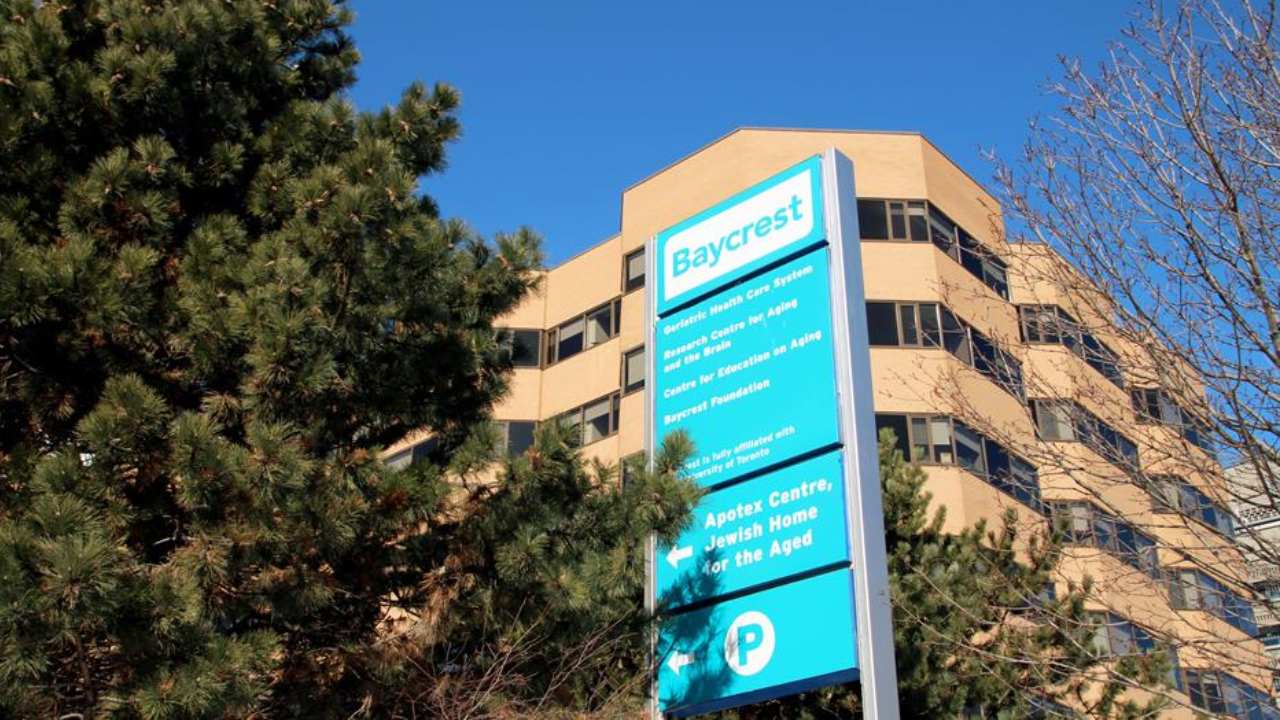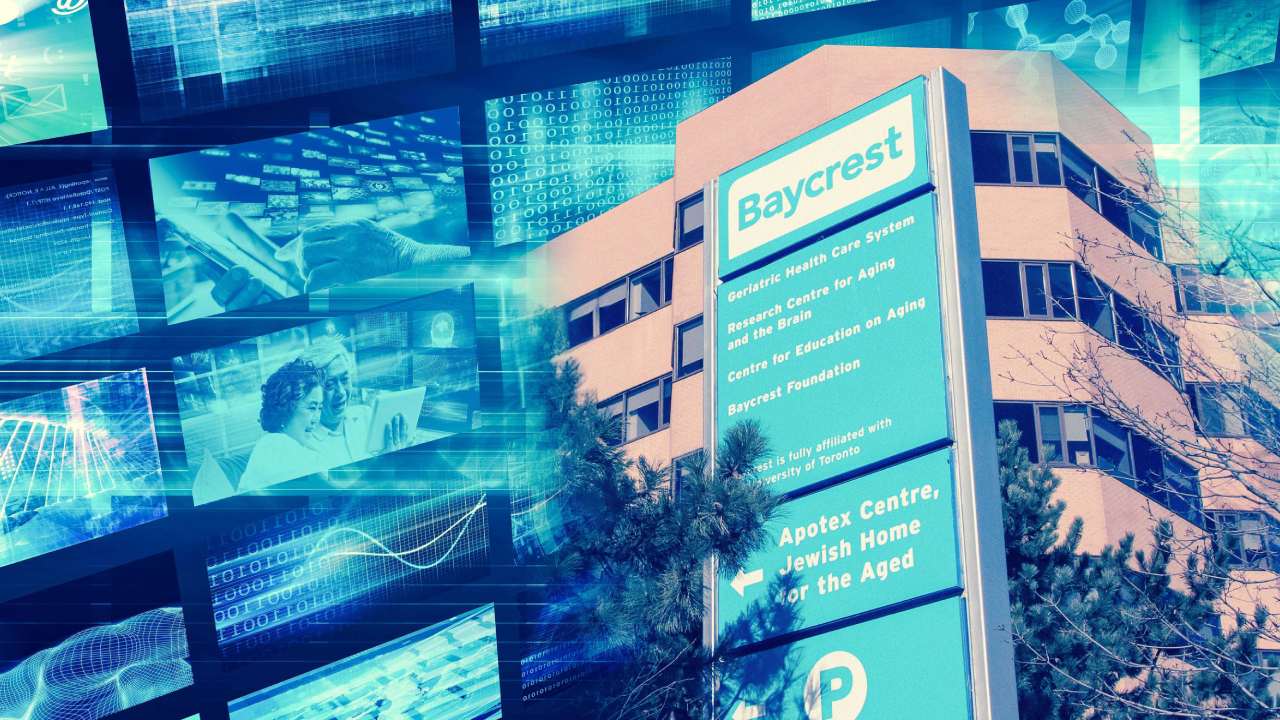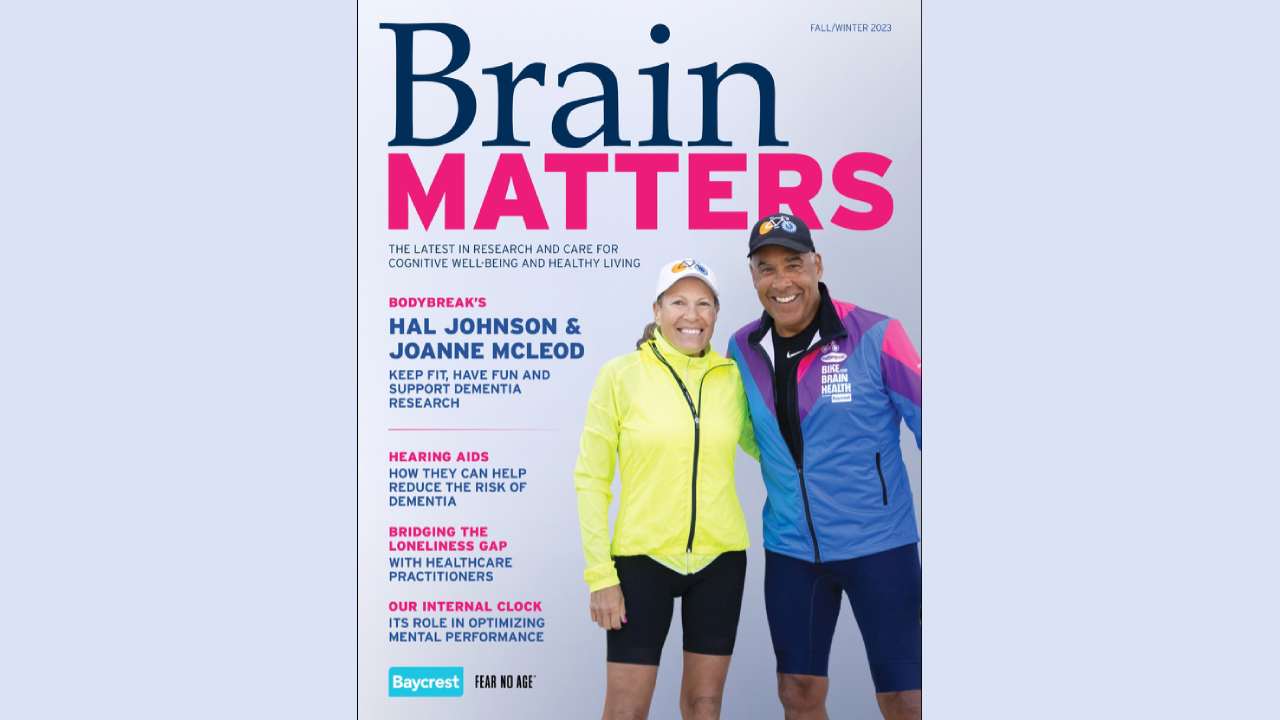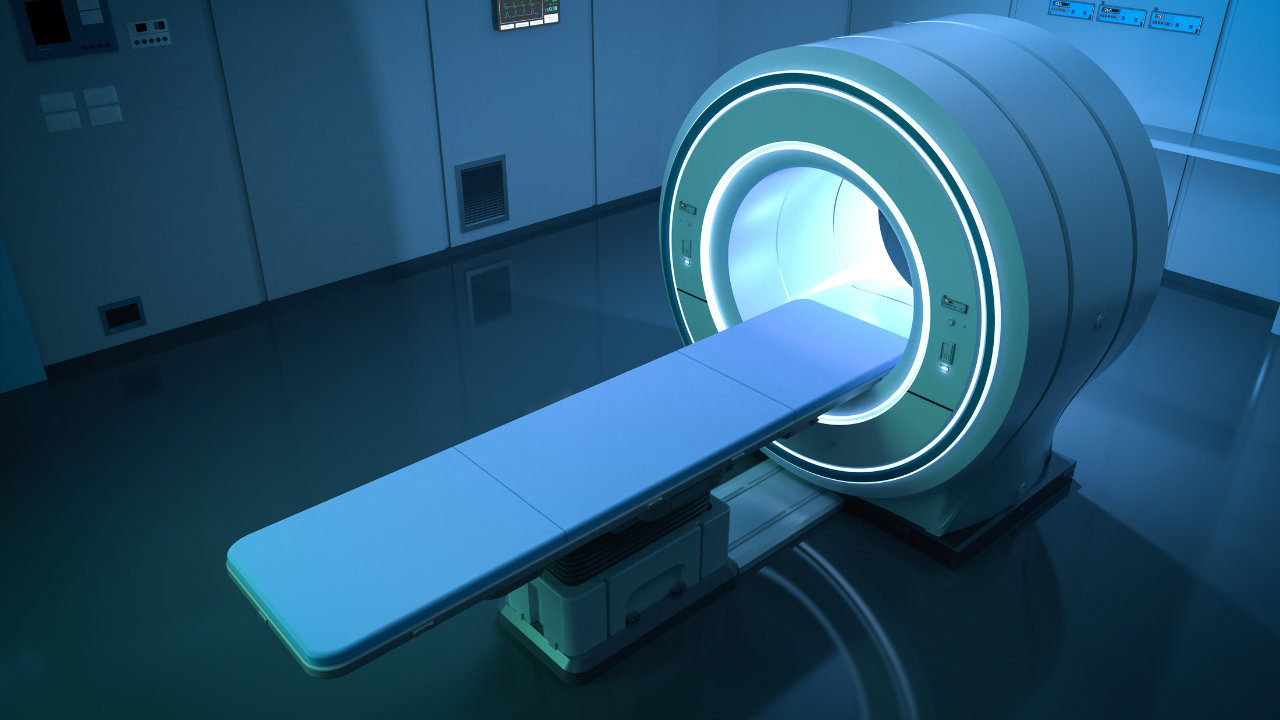
For more than a century, Baycrest has been at the forefront of understanding the aging brain. Now, its scientists are pioneering one of the most exciting frontiers in neuroscience: neuromodulation, a new generation of non-invasive therapies that could help prevent dementia, restore memory, and even reawaken parts of the brain once thought unreachable.
A new approach to protecting brain health
Today, people are living longer than ever before. Longevity is a gift denied to many, but it comes with challenges. As our population ages, the number of people affected by dementia continues to rise. More than half a million Canadians live with Alzheimer’s disease or related dementias, and that number is expected to nearly double by 2030.
Despite decades of research, there are still no medications that can stop or reverse dementia. Current drugs can ease symptoms but do not prevent the underlying loss of brain cells. That is why researchers at Baycrest are leading a new movement, using gentle, targeted stimulation to activate the brain’s own healing and adaptive powers.
This emerging field, known as neuromodulation, is based on a simple but revolutionary idea: the brain can be guided to rewire itself. By delivering tiny electrical or magnetic pulses, or even specific wavelengths of light, scientists can nudge neural circuits to work more efficiently, restore communication between cells, and improve functions like memory, attention, and mood.
Non-invasive, science-driven, and full of promise
Unlike traditional brain stimulation treatments that require surgery, Baycrest’s work focuses entirely on non-invasive techniques. These approaches involve no incisions, no implants, and minimal discomfort. They can be performed in clinics and, one day, may even be used in the comfort of your own home.
At the heart of the Baycrest initiative is the Bresver Neuromodulation & Therapeutics Program, a collaboration between world-class neuroscientists, clinicians, and engineers. Together, they are exploring four main types of non-invasive neuromodulation:
Transcranial Direct Current Stimulation (tDCS):
A low-intensity electrical current passes through the scalp to gently stimulate brain regions involved in memory, language, or decision-making. Sessions are painless and take about 30 minutes.
Transcranial Alternating Current Stimulation (tACS):
Similar to tDCS, but using alternating current that can “tune” brain waves to the optimal frequencies for focus, mood, or learning.
Transcranial Magnetic Stimulation (TMS):
A magnetic coil placed near the head creates tiny electric currents that activate nerve cells. TMS is already approved to treat depression and shows promise for memory and cognitive health.
Photobiomodulation (PBM):
Also known as low-level light therapy, PBM uses near-infrared light to boost cellular energy, improve blood flow, and reduce inflammation. Baycrest researchers are studying how this gentle light can penetrate the skull and benefit the brain.
Each of these methods has shown encouraging results in early studies, improving thinking, mood, and even brain metabolism. Baycrest’s scientists are now refining how, where, and when to apply each technique to achieve the best possible outcomes for different individuals and conditions.
Pioneers leading the way
Three major projects form the foundation of Baycrest’s neuromodulation research:
Light therapy for brain degeneration:
Dr. Jean Chen is exploring how near-infrared light can spark healing in brain cells, reduce inflammation, and improve blood flow. Her research delves into how much light actually reaches the brain — and how factors such as skin tone, light strength, and wavelength (the color of the light) can influence its effects. By understanding these differences, Dr. Chen’s work is helping to ensure that future dementia treatments are both personalized and equitable, effective for people of all backgrounds. This research could pave the way for safe, at-home light therapies that help older adults preserve memory and mental sharpness well into later life.
→ Read more in our next post: Healing with Light: Dr. Jean Chen’s Quest to Bring Brain Therapy Home
Magnetic stimulation for mood and memory:
Dr. Linda Mah and Dr. Jed Meltzer are studying how targeted magnetic stimulation of the brain’s anterior cingulate cortex, a region critical for attention and emotion regulation, might help people with depression and prevent cognitive decline.
→ Explore how magnetic therapy may protect the aging mind in Targeting Resilience: How Magnetic Stimulation Could Protect the Aging Mind
Electrical stimulation to boost memory:
Dr. Howard Chertkow and Dr. Tyler Roncero are testing how tiny electrical currents, paired with cognitive training, can improve memory and communication in people with Alzheimer’s disease and related disorders. Their studies are among the first in the world to show measurable improvements in brain function using these gentle techniques.
→ Discover the latest breakthroughs in Electric Hope: How Gentle Currents Are Powering New Treatments for Dementia
Why this work matters
Dementia touches nearly every family, and the need for new solutions has never been greater. The beauty of neuromodulation lies in its simplicity and scalability. Because it is non-invasive and relatively low-cost compared to pharmaceuticals or surgery, it has the potential to reach far more people, from hospital clinics to home-based care.
For those living with early cognitive changes, these therapies could mean preserving independence and quality of life. For future generations, they may even serve as preventive tools, strengthening the brain’s resilience long before symptoms appear.
The implications reach beyond dementia. Early research suggests neuromodulation could also help with Parkinson’s disease, stroke recovery, and age-related depression — conditions that share similar patterns of disrupted brain connectivity.
Looking ahead
Baycrest’s scientists envision a future where personalized brain stimulation becomes as routine as physical exercise, where maintaining brain health is proactive rather than reactive. With each study, they are building the evidence base needed to guide medical practice and policy, ensuring these technologies are safe, effective, and accessible.
As Dr. Chen puts it, “We’re not just studying the brain; we’re teaching it to heal itself.”
That vision is what makes Baycrest’s neuromodulation research so inspiring. It represents a shift from managing decline to restoring potential — a movement that could transform how we age, how we think, and how we live.
Related Articles: Brain Matters, Research




